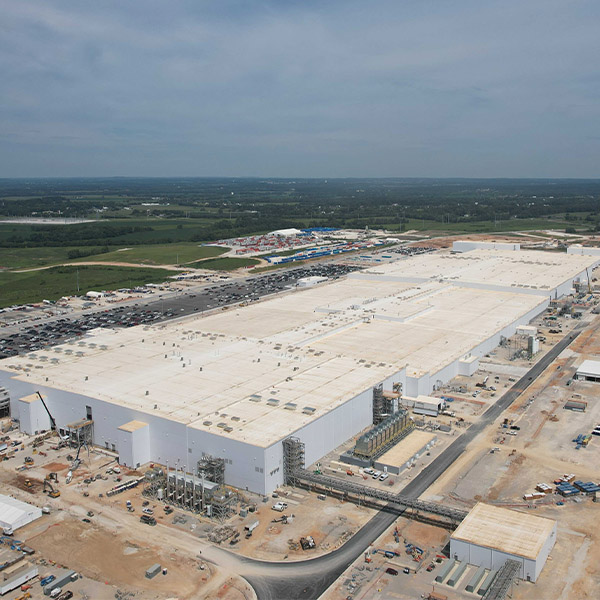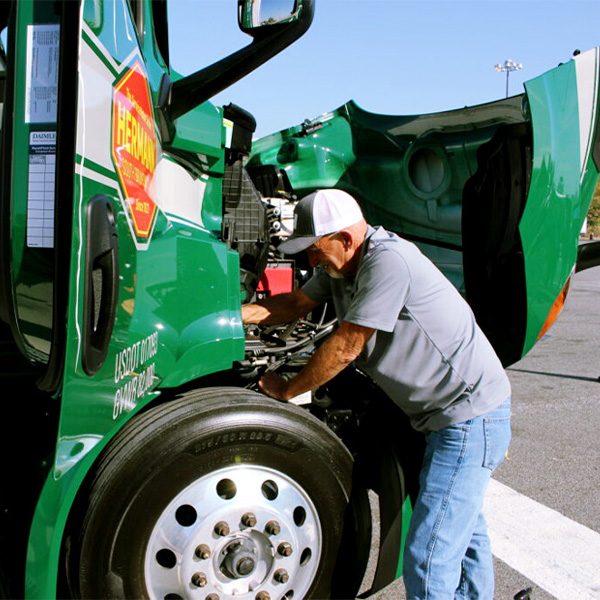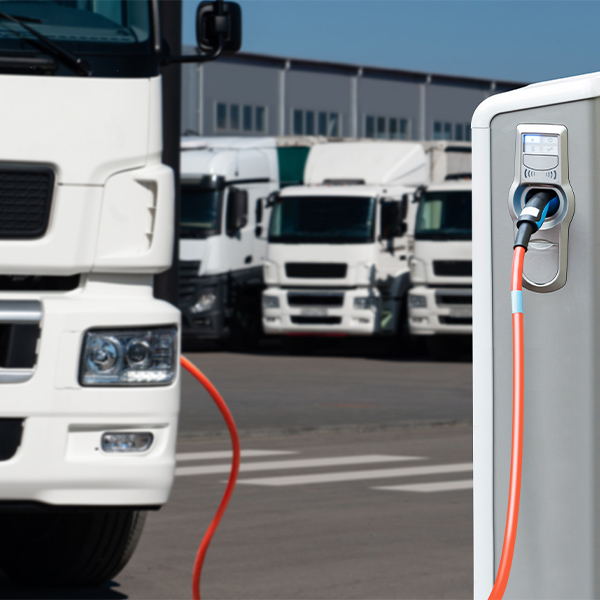EV chargers
Public Service Enterprise Group saw an “over-12-fold” increase in mature leads and inquiries from customers exploring “large load and data center projects” over the past year, CEO Ralph LaRossa said in the utility’s fourth-quarter earnings call.
Despite federal funding uncertainties, West Coast state officials said they’re moving forward with plans for a tri-state truck charging network that was previously awarded $102 million from the Federal Highway Administration.
D.C. District Court Judge Loren AliKhan issued a temporary restraining order on OMB from pausing all federal grants and loans.
The grants represent the second round of funding from the IIJA’s $2.5 billion Charging and Fueling Infrastructure program.
New Jersey in 2025 faces the added uncertainty of a likely contentious governor’s race to replace clean energy champion Gov. Phil Murphy and his release of a new energy master plan.
DOE’s Loan Programs Office announced billions of dollars in loans for two joint ventures of car and electronics manufacturers aimed at building out a domestic battery supply chain and accelerate the rollout of new electric vehicles.
A New Jersey Assembly committee unanimously backed a two-year delay in the implementation of the state’s Advanced Clean Trucks regulations.
EVgo CEO Badar Khan said expanding the availability of fast chargers is “a key ingredient to the long-term competitiveness and sustainability of the U.S. automotive industry."
California regulators approved a $95.2 million funding plan for zero-emission vehicle charging infrastructure, with nearly equal amounts going to charging for passenger vehicles and medium- and heavy-duty trucks.
The New Jersey Board of Public Utilities adopted minimum filing requirements that allow utilities to propose programs to promote the development of medium- and heavy-duty electric vehicle chargers.
Want more? Advanced Search










